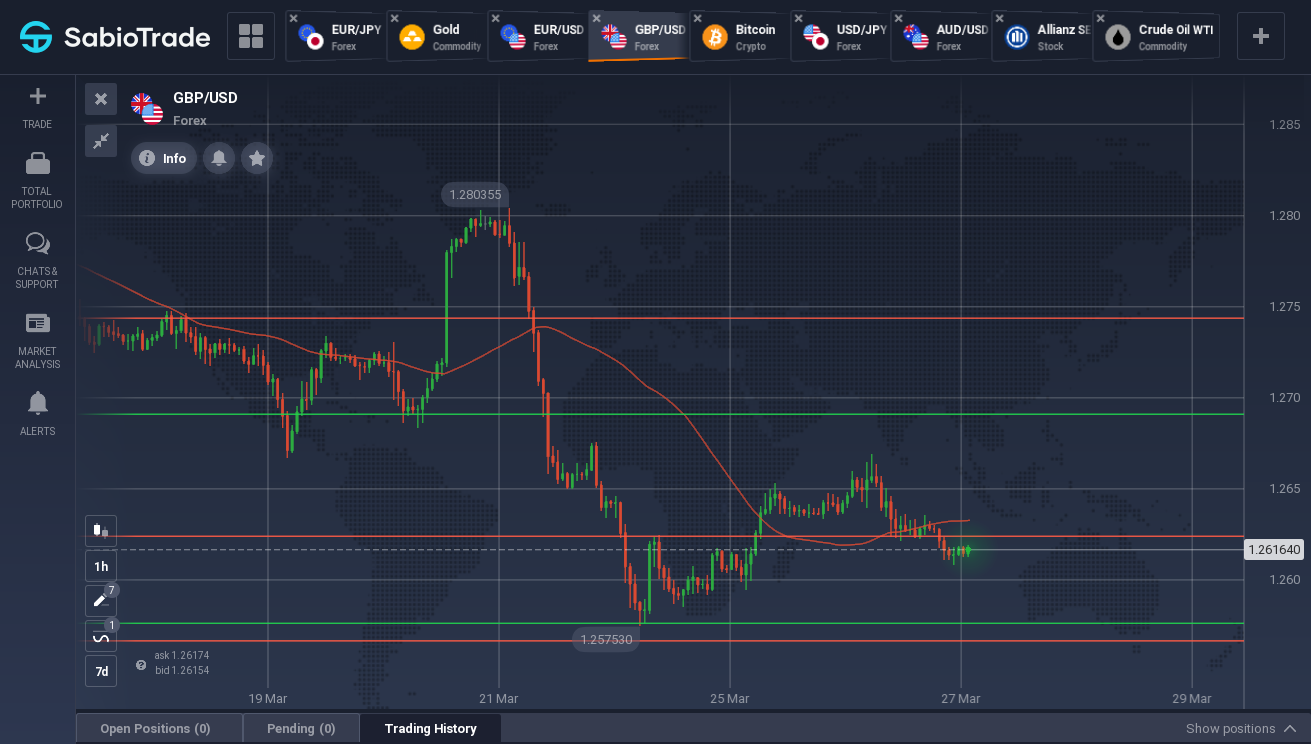Time to Consider: Is It the Right Moment to Buy the Pound?



Market expectations suggest the Bank of England (BoE) might lead the way in reducing interest rates before both the Federal Reserve and the European Central Bank, a move that could potentially impact the pound. Despite this, the pound retains strong defenses against significant declines. During its last meeting in March, the BoE kept its interest rate steady at 5.25%, with a consistent view on inflation and economic growth projections. Notably, two members who previously supported an increase in rates opted for a neutral stance, hinting at a possible shift towards easier monetary policy in the future. This stance has historically benefited the pound, as slower rate cuts compared to the Fed or ECB meant higher lending rates in the UK, supporting its value.
The futures market has recently adjusted, now indicating a small but notable possibility of the BoE cutting rates first among its peers, with a 20% chance of a quarter-point reduction at the May 9 meeting. In contrast, the likelihood of the ECB and the Fed lowering rates at their next meetings stands at about 5% and 13%, respectively. However, the pound has not been abandoned by investors, with a slight decrease in bullish positions on sterling, down to $4.23 billion from $5.623 billion, still marking a significant interest since 2012. The UK economy has shown resilience, navigating through challenging times of continuous rate increases and high energy costs with minimal recession effects. Improvements in various economic indicators and a reduction in inflation have aligned the UK more closely with its G10 counterparts. Factors such as decreased energy prices and a reduced current account deficit, alongside the historical pattern of sterling strengthening in April, contribute to a potentially favorable outlook for the pound, even as the yield differential diminishes.